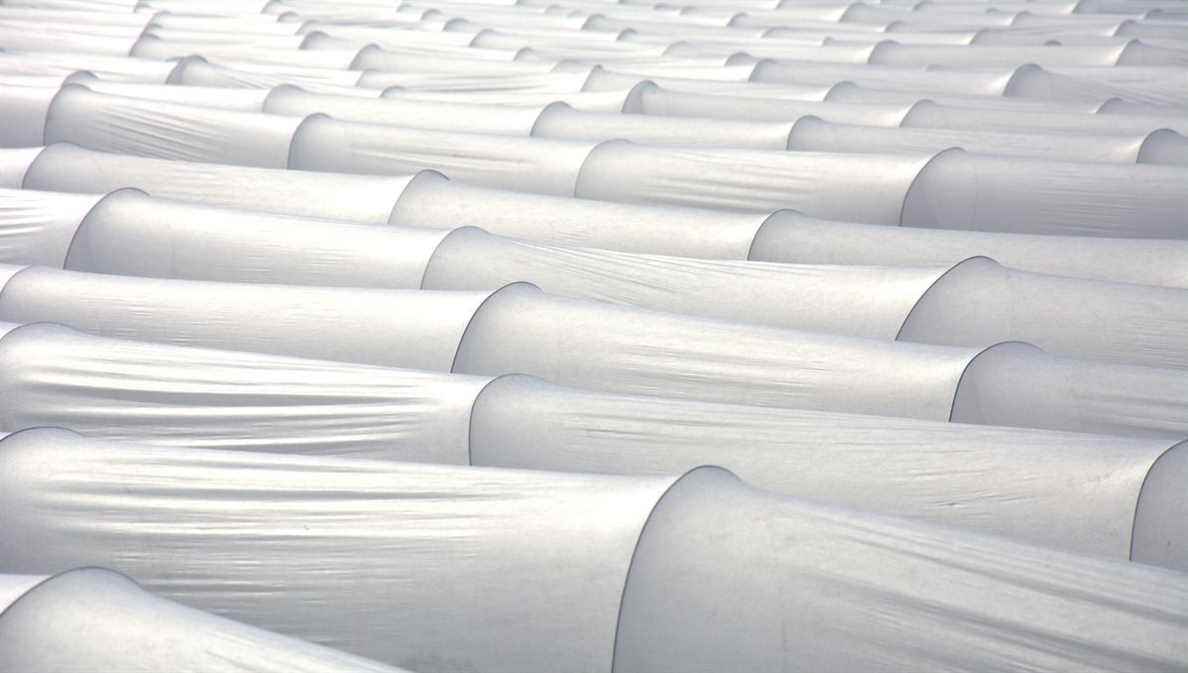What is a hot diaper?
It is a layer of fresh horse manure (or another fermentable material, leaves, non-composted green waste) covered with a layer of growing soil that we will cover with a tunnel, a box and frames. or even bell frames, to hasten a culture. Horse manure being the easiest material to manage and giving the best soil.
(Sketch)
What is the point ?
Fresh horse manure is an organic matter rich in nitrogenous matter which will nourish fermentation bacteria.
Fermentation, it produces heat. It is this heat that the grower has learned to control that allows to obtain an adequate temperature for a crop for several weeks.
A cube of fresh horse manure with a side length of 1 m can rise to 70 ° C shortly after the start of fermentation.
– Malene Thyssen
The principle :
It is necessary to pile up a thickness of pure manure 40 cm thick, or mixed with straw or hay on 70 cm thick of the layer,
Pack it well and water it fairly abundantly,
Then cover it with a layer of potting soil, or failing that, fine and dry soil.
And finally cover it with selected cultivation material (chest with frame plus doormats or tunnels covered with heat screens.
https://www.rustica.fr/legumes-et-potager/comment-realiser-couche-chaude-sous-chassis,12665.html
https://breuilletnature.blogspot.com/2015/09/chassis-et-couche-chaude.html https://www.conseils-coaching-jardinage.fr/2015/02/couche-chaude-semis-bien-au -hot/
It’s apparently simple!
Very simple in principle but it requires know-how that we acquire quite quickly over the years, because there are several things to know:
1. The shot,
With a layer in which layers of manure and straw have been interspersed obliquely, the temperature will rise to a little over 50 ° C in a few days then drop slowly. It’s the shot.
2. The temperature curve and the heating time,
Plants or seedlings would not stand this heat. We must therefore wait until the shot has passed before cultivation.
The temperature drops slowly over several weeks, but it is a much more interesting “bottom heat” for crops than air heat.
3. Management of the heat generated by using a suitable cover.
To keep the mass as warm as possible, then lukewarm, it is advisable to use heat screens such as natural or synthetic felts or doormats (1) during the nights.
It is obvious that this technique does not allow to obtain sufficient heat to cultivate plants sensitive to cold all winter on these layers. But this allows “to hasten a crop” such as radishes, colraves (kale), transplanting lettuce or quite simply to advance the planting of tomatoes, peppers, eggplants or melons for example.
And what do you do with the manure when it gets cold again?
At this time, it is already partially fermented. For a 40 cm thick layer, we can leave it in place and install a nitrogen-hungry crop: tomato, pepper, salad, for example for layers in a tunnel.
The earthworms will digest it and introduce it into the soil (vermicomposting) and the soil will be heavily amended in organic matter for the next year.
For a 70 cm layer under frames, it will be possible to recover it in the fall and put it in a shelter so that it matures for one to two years by turning it over from time to time to ventilate it. It will then become a real growing soil, rich in nitrogen and other mineral elements, but it risks being a little colloidal and it is advisable for example to mix it with leaf soil.
Conclusion
It’s a good circular growing method that could be worthy of permaculture, but it takes a lot of handling. It is therefore now reserved for active gardeners with sufficient surface area for a good implementation.
It also allows a good rotation system to amply the soil. But be careful not to go as far as the opposite effect with a soil that is too rich in organic matter.
Ask all your questions during the gardening show on Sunday morning on France bleu Isère from 9 a.m. to 10 a.m. by calling 04 76 46 45 45.
